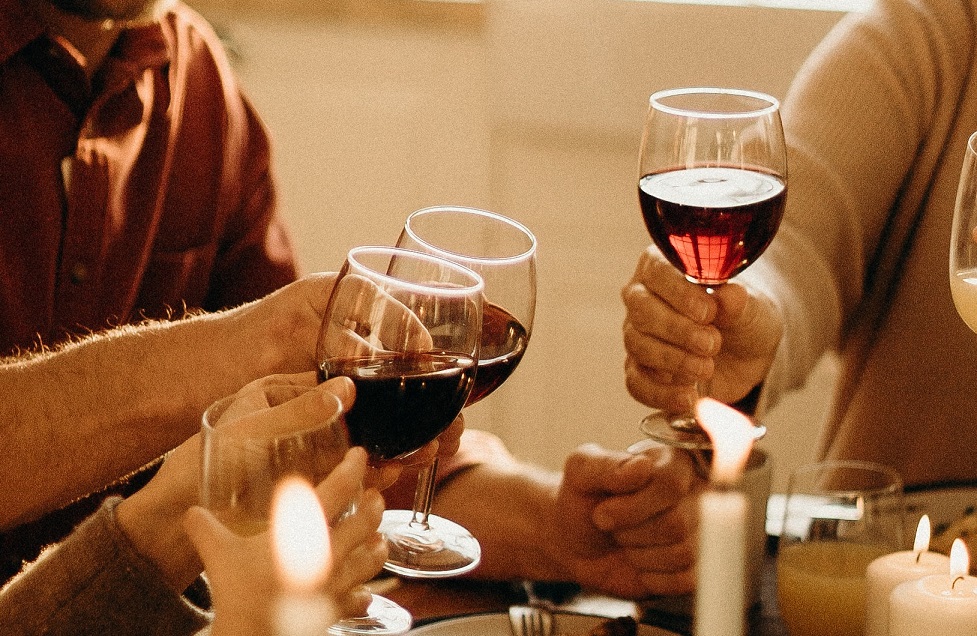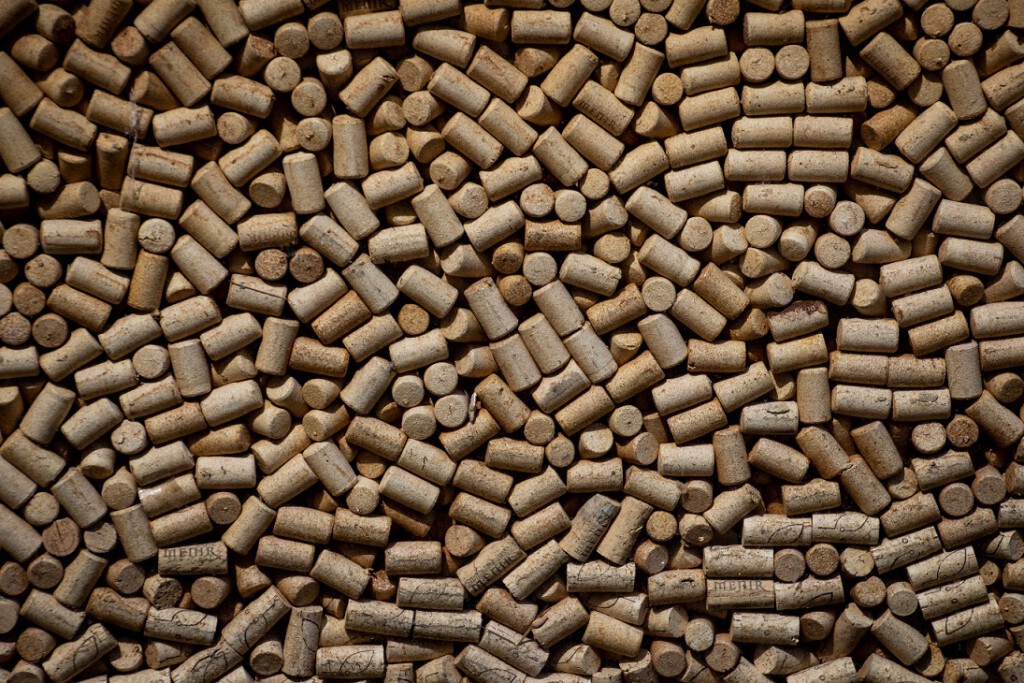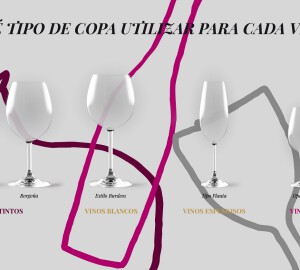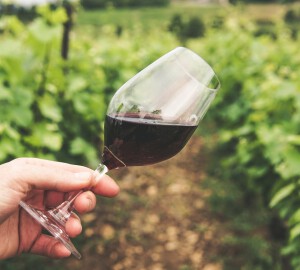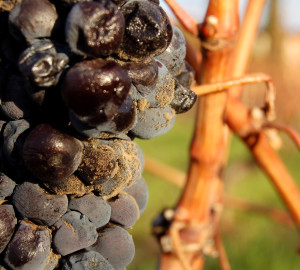Each standard 75 cl bottle of wine contains approximately the amount needed to serve five glasses of wine. With this in mind, it is quite common that relatively often we uncork a bottle of wine that we are not going to finish in one go. If we like to enjoy a glass of wine with a meal, if we enjoy a bottle of wine as a couple, or if we simply leave the last bottle of wine uncorked during a dinner with friends, it is important that we know how to enjoy it in the best conditions. how to preserve leftover wine to be able to enjoy it in the best possible conditions on the next occasion. So, today we propose a brief guide on how to preserve a bottle of wine once it has been opened. 7 simple steps to maximise the conservation time of our wine and thus preserve all its properties.
1. Consider the type of wine
As we always like to remember in this blog, wine is a living food, constantly evolving from the first steps of its production, to the moment we serve it in a glass. elaboration processfrom the first steps of its ageing, until the moment we serve it in a glass. This condition means that numerous physical and chemical reactions take place inside the bottle, resulting in a particular wine. The key to producing a good wine is to know how to choose the right raw materials and to be able to carry out these physicochemical reactions in the most controlled way possible. An art that humans have been perfecting for more than 8,000 years. These same biological processes and these same reactions are what cause a wine to degrade once it has been opened. Therefore, it is easy to understand that depending on the type of wine we have in our hands and its characteristics, we will be able to keep it for a longer or shorter period of time. Generally speaking, we can say that:
- The Red wines will last longer time open than whites and rosés. We can keep the red wine open for 3 to 7 days, depending on the wine in question. In the meantime, whites and rosés will rarely last more than 3 days. the wine can be stored in good conditions.
- The Wines with more crianza. whose characteristics are often more subtle and delicate, will withstand the passage of time less well. Thus, a well-preserved young red wine can last up to a week, whereas a wine with barrels and more time on crianza should not be served more than the first 3 days after opening the bottle.
- Wines with fruitier aromas will lose more easily their freshness and these aromatic nuances.
- The sparkling wines will be the most difficult to preserve. Once opened, they quickly lose the carbon dioxide gas contained in the bottle, which means that they will last for a day or a half at the most. will not last more than a day or a day and a half at the most.
2. Re-sealing the wine bottle correctly
As mentioned in the previous point, wine is a living and constantly evolving food, different biochemical processes are always being developed. Some of these processes, when properly used, help us to obtain excellent wines and to improve their characteristics. However, when these processes develop in an uncontrolled way, they contribute to the degradation of the wine. One of these processes is wine oxidation, which ruins the properties of the wine when it is exposed to prolonged contact with air, modifying its aroma, colour or flavour. If the contact with the air is long enough, the oxygen can feed the metabolism of acetobacter, a bacterium present in the wine, which ends up degrading it into vinegar. For all these reasons, another of the fundamental points to preserve an open wine is to minimise the contact between the excess wine and the oxygen.. For this reason, it is essential to close the bottle correctly, trying to let as little air in as possible. This can be done by reusing the same cork stopper of the bottle or, better still, by using a reusable airtight stopper or a vacuum pump that extracts the air from inside the bottle.
3. Change the contents of the wine to a smaller bottle.
In relation to the previous point, and if we do not have an airtight stopper or an air pump to extract the oxygen from the bottle, one of the easiest solutions that we can take to conserve the remaining wine is to change it to a smaller container. Ideally, we should keep a bottle of wine smaller than 75 cl (quarter or half-bottle) for this purpose.
4. Keep the opened bottle in an upright position
As we indicated in a previous article on tips and recommendations for storing wine at homeThe best position in which we can place the bottles to preserve the properties of the wine is in a horizontal position. This allows contact between the wine and the cork, to prevent the cork from drying out and allowing air to enter the bottle. However, once we open the wine, we must do just the opposite. When the bottle is half open, the upright position helps to minimise the contact surface between wine and airThis is the most advisable position. We should also bear in mind that the less wine is left in the bottle, the greater the proportion of air will be. that will be left in the remaining space, so the oxidation of the wine will also be faster.
5. Keep the opened bottle of wine in the refrigerator or in a wine cooler.
High temperatures are also the enemy of proper wine preservation, both when the bottle is closed and after uncorking. Heat accelerates the metabolic processes of the micro-organisms that live in the wine and, as a result, the wine degrades faster. To slow down this natural process of degradation of the wine after opening, it is best to store the bottle in the fridge or in a wine cooler. air-conditioned for this purpose.
6. Avoid direct exposure of the wine to light.
Light, whether solar or artificial, is also detrimental to the preservation of wine. Direct exposure of wine can cause "light taste" or "light sickness". This is caused by the photodegradation of riboflavin, a vitamin present in wine, negatively modifying its aroma and taste. To avoid this, it is better to keep the wine in its own bottle rather than in a decanter or other transparent container. Once this has been done, we should try to place the bottle somewhere darkplace the bottle in a cooler, such as inside the fridge or in a cellar.
7. Avoid sudden movements or vibrations of the open wine bottle.
Finally, in order for a wine to keep for a longer period of time once the bottle has been opened, it is necessary to try to avoid racking, sudden movements or vibrations.. All these movements also influence the speed at which the biological and chemical processes take place inside the bottle, which is why we must try to preserve the wine in the most rested state possible.
By following these 7 simple steps we will be able to keep the wine open for longer. In this way, we will better preserve all its properties and organoleptic characteristics, ensuring that the "second parts" remain just as good.







